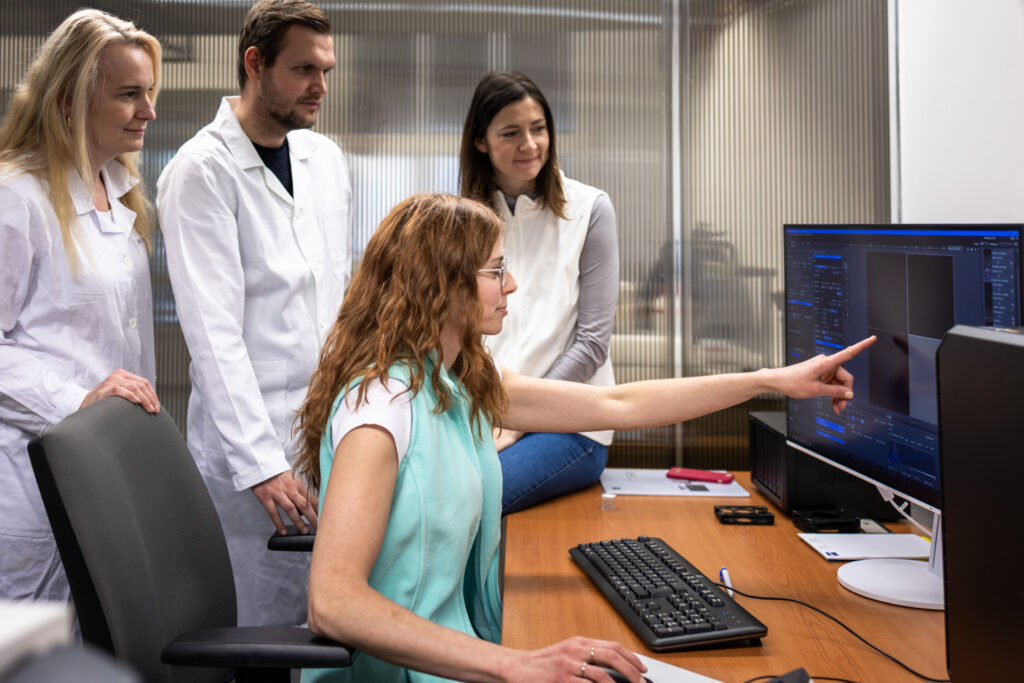CATRIN scientists join brain implant research to test safety of graphene materials
Scientists from the Czech Advanced Technologies and Research Institute – CATRIN at Palacký University will participate in the development of a new generation of brain implants using the Nobel Prize-winning material graphene. Thanks to success in the Horizon Europe Hop On Facility grant call, they will join the already ongoing international European Innovation Council (EIC) MINIGRAPH project. The task of the Olomouc scientists will be to verify the biocompatibility of graphene implants to living cells, and to propose a better composition without adverse effects. In the first ever Hop On Facility call, only five applicants were supported in the Czech Republic. Since July, the project with the acronym MINIGRAPH2 has been incorporated as a separate work package of the MINIGRAPH project (https://minigraph-project.eu), coordinated by the Catalan Institute for Nanoscience and Nanotechnology (ICN2) in Barcelona. The aim of the project is to develop and validate a new generation of brain implants very precisely and gently placed in the skull using electronics, which can stimulate the brain’s neural activity to treat or improve certain neurological diseases, such as Parkinson’s disease. The miniature electrodes with graphene, a carbon material with which CATRIN scientists have extensive experience, play an important role in the system. “Our goal is to test the cytotoxicity of graphene neural implants at the cellular and molecular level. This way we can identify their potential side effects and contribute to the design of better, more biocompatible materials. After all, a key consideration for their use in human medicine is their safety and harmlessness. Our team therefore brings important added value to the consortium and can play a key role in regulatory approval processes,” said research team leader Kateřina Poláková.
14/8/2023


